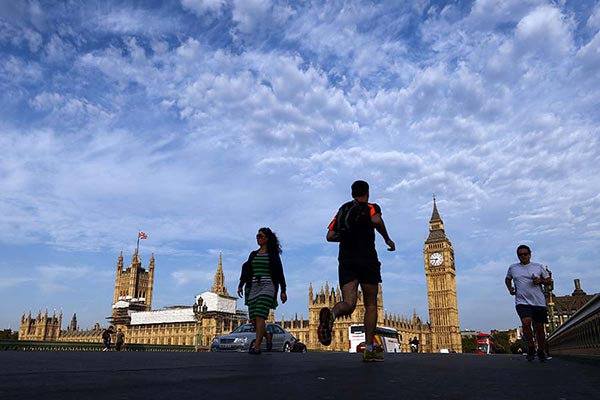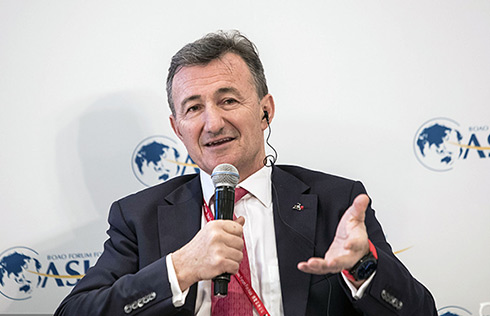Open horizon for China's pilots
Long-haul international traffic to and from China is forecast to grow at an annual rate of 7.2 percent, which will result in demand for an additional 1,440 new wide-body aircraft by 2032, according to Boeing.
More wide-body aircraft are being used by Chinese airlines on international and domestic main routes, Zou said, which means carriers need more experienced captains and pilots.
Usually, an airline needs eight to 10 pilots per aircraft. It takes two to three years to train an experienced pilot, and achieving the rank of captain takes five to eight years.
Because of the shortage, some pilots said they have to work more.
"I often fly more than 90 hours monthly, which is near the authority's upper limit of 100 hours," said a pilot with three years of flying experience, who declined to be identified.
Some domestic airlines recruit foreign captains to relieve the problem, but that's not a long-term solution, Zou said.
The opening of low-altitude airspace for general aviation will be an opportunity for pilot training in China, since it will be much easier to conduct training flights, he said.
Because it is difficult to get flying hours in China, some Chinese airlines establish flight training centers overseas. "The situation will change if low-altitude airspace is opened," Zou said.
Technicians are in short supply, Zou said. He didn't provide a specific number, but the shortage is even worse than for pilots, some industry insiders said. The ratio of technicians to planes in China has kept falling as the fleet expands.
A technician from a domestic carrier said he used to work alone, covering six planes in eight hours. "It's my record," he said. "It proves we need more hands."



















